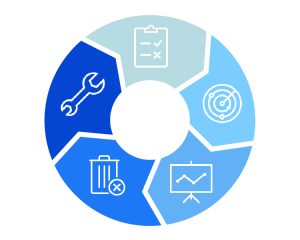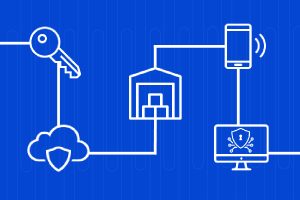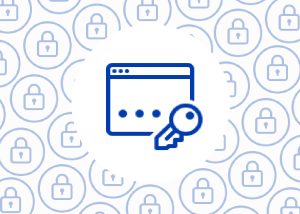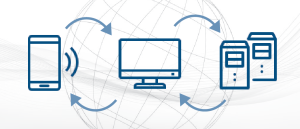
Privileged access management makes you more secure by permitting least-privileged access to your most important information and endpoints at the right time and only when it is needed. It is a fundamental element in the Zero Trust architecture. To maximize your security and investment in PAM, we are reviewing common privileged access management mistakes that you should avoid.
Every business has users who need privileged access to its data and endpoints. These can be your employees, partners or contractors. Protecting these credentials and implementing best practices makes sure that your business reduces its security risks. Committing the PAM mistakes outlined below undermines your security and investments. In some cases, these mistakes remove the strengths of having it in the first place.
What are the Risks of PAM Mistakes?
Of the four privileged access management mistakes we review below, you will notice that many are procedural in nature. These procedural mistakes create vulnerabilities in your security and undermine your PAM implementation and its efficacy. These are particularly important to avoid if you are striving to attain cybersecurity architectures like Zero Trust.
Other PAM mistakes revolve around mistakes a privileged user their self may commit. Mistakes can happen anywhere, but when a user with privileged access commits a mistake that opens you up to a security breach, the outcome is much more devastating.
That’s why following best practices and avoiding the privileged access management mistakes below are good first steps to take to make sure your implementation is leveraging all of its strengths and avoiding weaknesses that undermine your implementation’s benefits.
Common Privileged Access Management Mistakes
Your Roles are Assigned Based on Job Title
This is an easy mistake to make. As you are developing your implementation and determining roles, it’s common to start with your job titles. It’s easy to assume that job titles should equal your privileged roles. These are not the same thing.
Your Systems Administrators may have very different scopes between their roles, for example. Especially if one is a Windows systems admin versus the other, who might be a Linux system admin. Do they really need the same access to the same things? Or should their access only be permitted to something deeper about their roles and performing the important elements of their role within the business?
Determining these roles and what is different about them, beyond just the job title, are key elements to define. By committing this mistake, you are not enabling the least-privileged access needed for the assigned roles and are giving up the benefits of a strong PAM implementation.
You are Sharing Your Privileged Account Credentials
Credential sharing is common. We’ve discussed the issues with it in the past, but sharing of credentials among your most privileged accounts is an even greater security risk. If your credentials are shared across your plant, for example, what happens when an employee or contractor no longer works there?
In many cases, businesses do not change the credentials of these privileged accounts. It can be difficult and time consuming to do, especially when there are many. Instead of doing anything, these former users retain all of that knowledge of how to access your network while also having all of the privileges to your most important endpoints and data that this knowledge grants them.
It’s a considerable security risk and makes it very difficult to understand who did what, should a breach occur.
Not Protecting Your PAM Accounts with Additional Authentication Factors
Your most privileged accounts need additional verification measures attached to them to authenticate the user gaining access. One of those additional measures should be an MFA solution to ensure that simply having user credentials is not sufficient enough to gain access to your most important information or endpoints.
If you’re committing the privileged access management mistake mentioned above, in conjunction with this one, you have very little in the way between a user knowing how to access your endpoints and you being able to stop them.
Using a Privileged Account for Everything
Your privileged accounts should be to access and perform the role as necessary, when necessary. Part of enabling least-privileged access as a best practice is providing it only when it is needed. If a user is using their privileged account to surf the web, check email or do other functions that don’t pertain to that role’s requirements specifically, they should not be using that account anymore.
If a user accesses email on their privileged account, for instance, and falls victim to a phishing attempt, then one of your company’s most critical accounts is now compromised. These accounts should be kept as secure as possible.
Avoid Common PAM Mistakes and Follow Best Practices for Heightened Cybersecurity
By avoiding this common role based access mistakes, you will be one step closer to achieving a Zero Trust-worthy cybersecurity implementation. We’ve written extensively about the importance of privileged access management. For continued reading, we suggest our Secure Remote Access Maturity Model as well as our RBAC Best Practices posts as your next resources.
If you have any questions about your implementation or want to know where to start, you can always contact us here.




